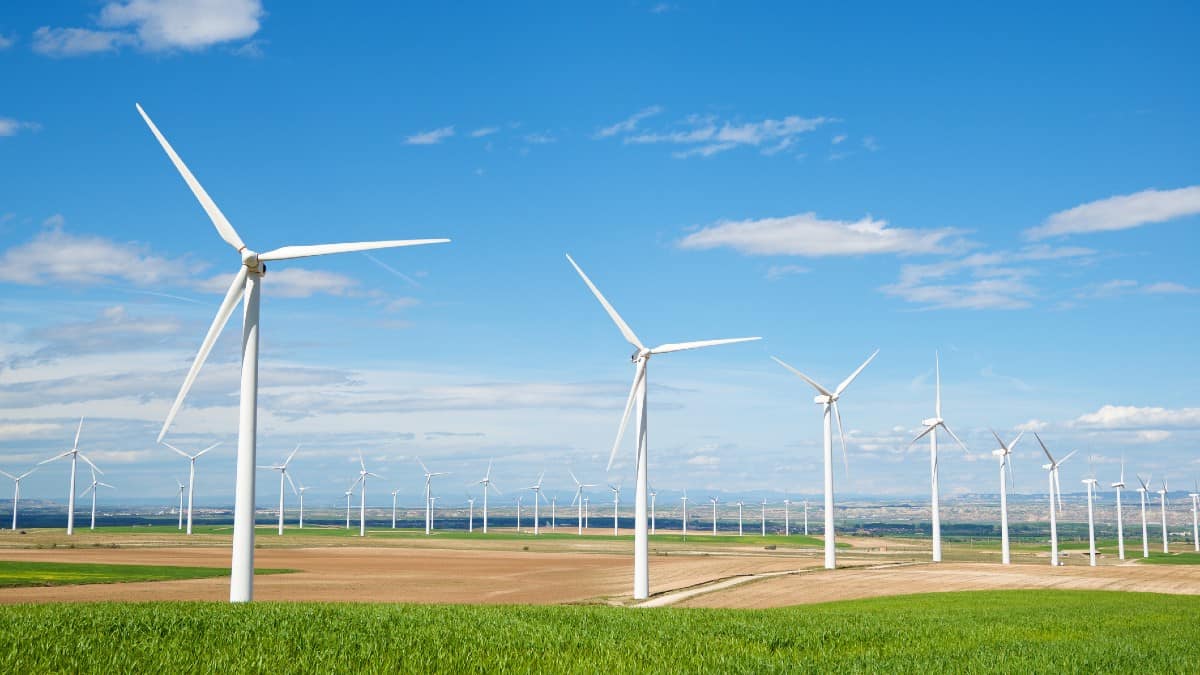Image source: Getty Images
Energy stocks have generated outstanding returns for investors in 2022. However, the same cannot be said for companies playing in the renewables space. The share price of FTSE 100 utility giant SSE (LSE: SSE) is trading at the same level as it was back in January.
When I’m weighing up whether to invest in a business, I’m less concerned with short-term yearly share price movements. What’s of much greater interest is earnings potential over the next decade. So, does SSE fit the bill in this respect?
Renewables powerhouse
The sheer scale of the investments that SSE is making in renewables is eye watering. Up to 2026, it’s committed to invest £12.5bn. To the end of the decade, it’s estimated the figure could be as high as £25bn.
The company is heavily investing in wind power. All three phases of the world’s largest offshore wind farm at Dogger Bank remain on track. Once complete, each will generate about 1,200MW of electricity. SSE has a 40% stake in this project.
However, such mega projects bring with them significant risk. In Shetland, on the Viking project, the tragic death of a contractor has brought health and safety into focus. In the North Sea, the Seagreen wind farm has suffered delays following bad weather and construction issues.
Diversified portfolio
SSE might be investing heavily in renewables, but in relation to operating profit it’s still a very small part of the business. Its latest half-year results showed profits from this arm of £22.5m, down 29% on the previous year.
The company generated around 50% of its adjusted operating profit from its regulated network businesses, namely electricity transmission and distribution. Another 35% came from energy generation and gas storage.
I expect these two business divisions to continue providing the majority of the firm’s profits for the foreseeable future.
Regulated networks are insulated from energy price movements. Ofgem, the energy regulator, sets the price tariffs that providers can apply in this space. In electricity distribution, a new five-year price control period is set to come into force early in 2023.
Dividends
One of the reasons for investing in SSE is its dividend. Analysts are expecting a payout of 90p per share for 2022/23. At today’s share price, that equates to a yield of 5.3%
However, the sheer scale of the investments the company is making in renewables has forced it to rebase its dividend. In 2023/24, the payout will be cut to 60p. Beyond that, it’s targeting at least a 5% yearly increase, taking into account earnings growth.
Although this is a prudent move, there’s little doubt that the announcement has been a key driver in its share price volatility of late.
Another concern for me is the company’s net debt position. In a year, it has risen 16% and currently stands at $10bn. That isn’t necessarily worrying. After all, 92% is at a fixed rate with an average maturity of six years. However, if interest rates remain elevated throughout the decade, the market may need to price in higher debt interest in the future.
On balance, therefore, I won’t be investing in SSE at the moment. But if circumstances change, I’ll revisit its investment case.
Credit: Source link






![Just released: February’s lower-risk, high-yield stock recommendation [PREMIUM PICKS]](https://www.fool.co.uk/wp-content/uploads/2023/05/Ice-1200x675.jpg)






